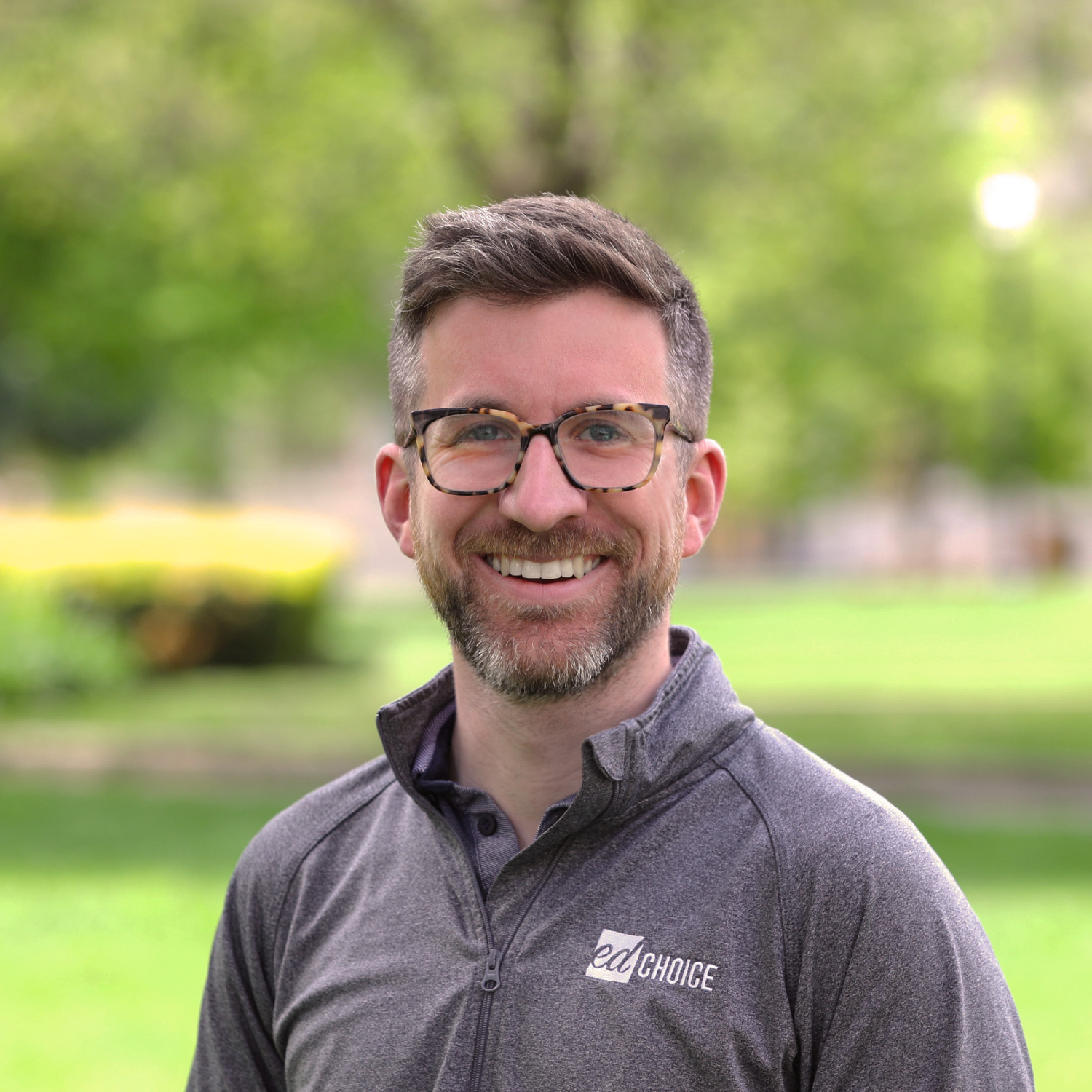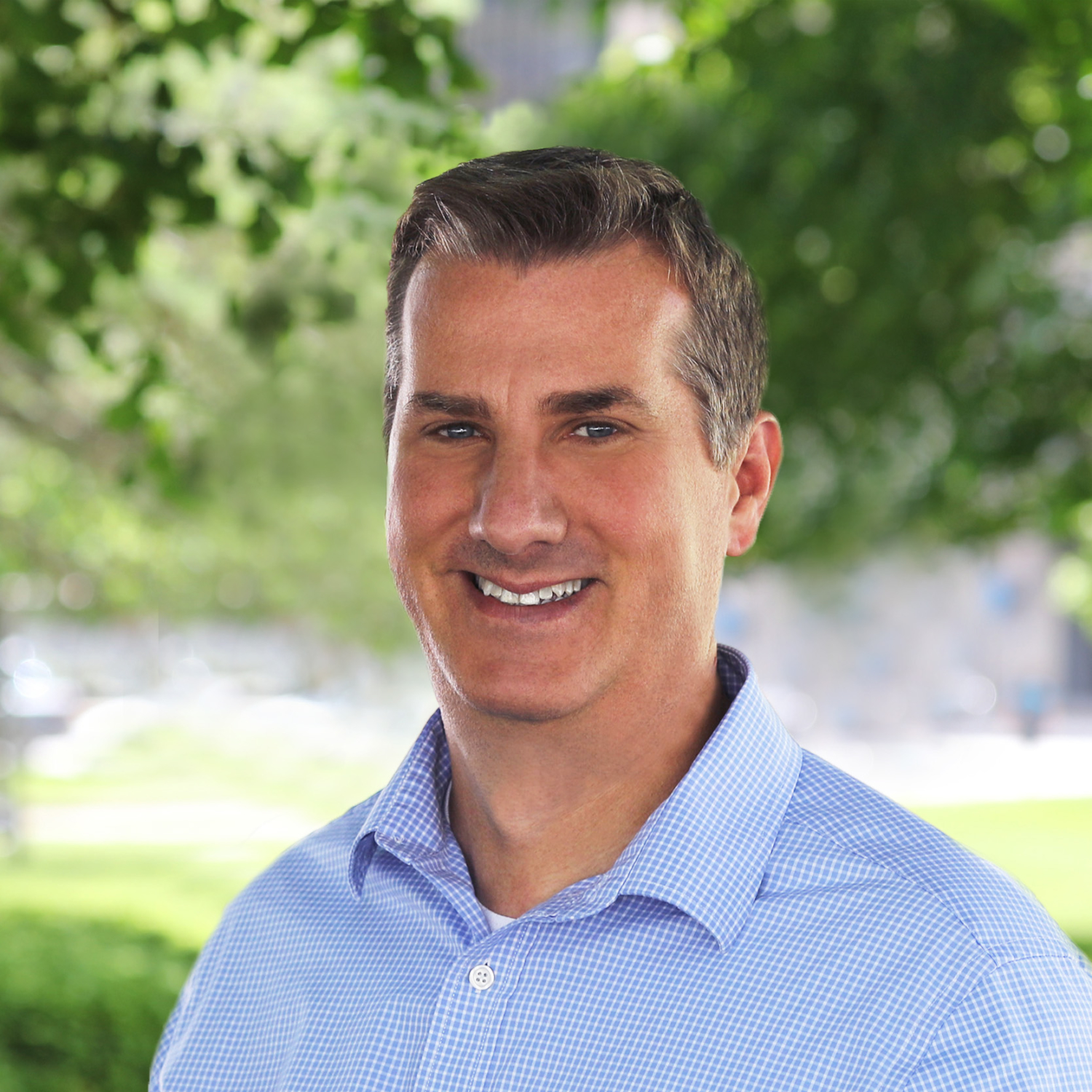Just How Many Kids Attend Microschools?
People want to know about microschools.
After getting glossy coverage in the New York Times, the Washington Post and Good Morning America amongst dozens of other outlets, the term microschooling has moved into the mainstream of the American educational lexicon.
Sometimes called pandemic pods—based on the social-distance-complying education environment that many parents picked during the dark days of coronavirus school closures—small, purpose-built schools of 15 students or fewer appear to be something that will live on after the coronavirus fades into the background.
As school starts up for the 2022–23 school year, things are settled enough to try and get an estimate of how many students are participating in microschooling.
This is a hard number to come up with. Many microschools are informal, with students identifying as homeschoolers for the purpose of state registration (and in some states students don’t even need to register as homeschoolers, they can simply homeschool). Others might operate as private schools or tutoring programs, and others might be affiliates of a charter school network. There is not a single database that tracks all of these institutions.
And, what’s more, what people mean when they say that their child is participating in a microschool or learning pod is different. Some families are using them to replace traditional schooling, while other families are using them to supplement traditional schooling. And if parents are simply asked, “Does your child attend a microschool/pod,” we don’t know which they are referring to.
In a recent paper for CRPE we estimated the number like this, based our regular polling of American school parents:
Consistently, three quarters of respondents stated that they were using pods to supplement the education that their child’s school was providing, while only one quarter used it to replace. So, if around 12 to 15 percent of parents said that they were participating in a pod (with the rest in Figure 7 coming from the group saying that they were open or looking to join a pod but hadn’t yet) we can take one quarter of that to estimate that something around 3 to 4 percent of families participating in pods as full-bore replacement of their child’s typical school environment.
The wording of the question asked parents if they are participating or would like to participate in a “learning pod” which we defined as, “groups of children, organized by parents, gathering to learn together. Parents either hire a private teacher to facilitate or take turns supervising.”
If we use some of our more recent polling data, the numbers change a bit. We see the percentage of those using a learning pod to supplement their child’s education is up to 82 percent of respondents. So the arithmetic now looks like this: 11 percent of parents saying they were participating in pods, 18 percent of those families full-time, giving us 2 percent of all families in full-bore replacement.
If we use a rough estimate of 55 million school children in America, 2 to 4 percent turns out to be 1.1 to 2.2 million children who are microschooling full time.
But ours is not a perfect method. The above reflects percentages of households/families, and not students, so if there’s more than one student in a family enrolled in a pod or microschool—likely to some unknown degree—then the count and percentage of students will decrease. Also, we use a particular definition that many microschools might not perfectly fit. Perhaps families enrolled in a more formal microschool that takes place outside of their home would not see what they are doing contained in that definition.
The above numbers could also overlap to some degree with self-reported homeschoolers in our surveys. We have not yet identified those who say they are both homeschooling and using pods. Those are limitations with our current survey design and reporting.
Another source of information that can be helpful was complied by Albert Cheng of the University of Arkansas and Daniel Hamlin of the University of Oklahoma in a recent issue of Education Policy. They analyzed the 2012, 2016, and 2019 administrations of the federal National Household Education Survey (NHES) and found 1,468 respondents who identified as homeschoolers. They were able to use questions in the NHES to place children into one of four groups: students who are taught by private tutors or belong to a homeschooling cooperative, students who receive online instruction, students who attend a brick-and-mortar school for some part of their education, and students who don’t do any of those three.
Across the three years of the survey, between 45 and 52 percent of respondents said that they used a private tutor or belonged to a homeschool cooperative. Between 32 and 40 percent said that they made use of online instruction. Between 26 and 32 percent said that they were enrolled in a brick-and-mortar school, and between 22 and 32 percent did not fall into any of those categories.
Now, careful readers are probably noticing that none of the questions directly asked about microschooling, but the fact that substantial percentages of those who identify as homeschoolers are actually taking advantage of outside resources and often enrolling in more traditional schooling environments can lead us to think that the idea of 3 to 4 percent of American families microschooling is not an outlandish idea.
We’re committed to doing more research—by surveys, interviews, and/or focus groups— to better understand not only the total universe of microschoolers in America, but also the similarities and contrasts between pods and microschools and to the extent there are meaningful differences to families, entrepreneurs and the education policy world.





